Everything you need to know about Icelandic horses
The Icelandic horse holds a special place in the hearts of Icelanders. Their unique gait, resilience to harsh weather conditions, and friendly nature grant them a cherished position in Icelandic culture.
Discover more about these warm yet hardy creatures, what makes them so remarkable, and why travelers flock from across the world to visit them in Iceland, their natural habitat.
The history of the Icelandic horse
For over 1,000 years, the Icelandic horse has been purebred in Iceland. Considered a symbol of fertility, the horse played a pivotal role in Norse culture and history.
When the first Norse Viking settlers arrived in Iceland, they brought their horses and belief system with them, and so the Icelandic horse became ingrained in the very fabric of Icelandic culture.
Throughout history only the best horses were chosen for breeding – picked according to specific characteristics, such as color and equine conformation – meaning that the modern Icelandic horse is the result of many centuries of selective breeding.
Today, to keep the species purebred, an Icelandic horse can only leave the country once, meaning that those horse owners who emigrate face a weighty decision.
What is special about Icelandic horses?

The Icelandic horse has survived a lot. From volcanic eruptions to harsh icy winters, this stocky creature has adapted to, and shown its resilience against, the harsh Icelandic climate.
More than this, the Icelandic horse is friendly and warm-natured to people – an inheritance from its days at the heart of the Viking clan – and so is thought of fondly by Icelanders and visitors alike.
Visitors to the country may also note that horses hold a prominent place in the mythology of the nation. For example, the Northern canyon of Ásbyrgi is thought to have been made by the imprint of Odin’s horse, Slepnir, as he placed a foot on land mid-flight.
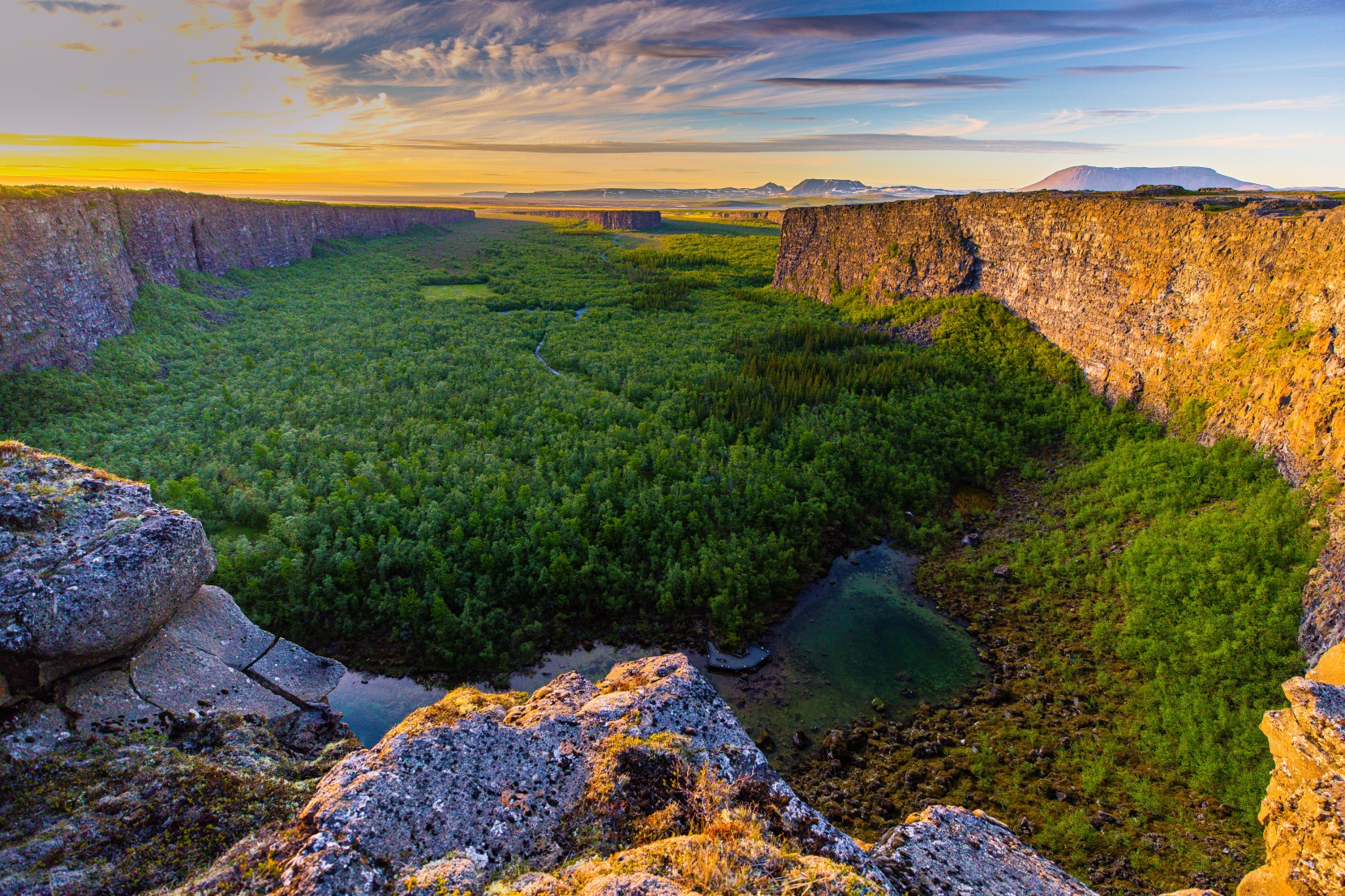
To illustrate just how close to the hearts of the Icelanders horses are, each horse is given its own unique kennitala (national insurance or social security number) and Icelanders often use apps to keep track of their steed.
Good-natured and resilient, the Icelandic horse is also an incredibly beautiful creature. Often sporting a gorgeous mane, the Icelandic horse can be found in 40 distinct colors and many more patterns.
It is because of the beauty of the steed that Icelandair decided to celebrate the Icelandic horse in their recent amenity kit design.
Why is an Icelandic horse not a pony?
While referred to as a horse, those unfamiliar with the Icelandic horse could be forgiven for looking at its short legs and stocky build and mistaking it for a pony. So why is it not a pony?
Well, although the Icelandic horse meets the size requirement for being a pony (sizing in at 13 to 14 hands, on average), this is not the only factor that is considered. The International Federation for Equestrian Sports also takes the horse size, conformation, and temperament into account when deciding on classification.
So it is said that what the Icelandic horse lacks in height, it makes up for in spirit.
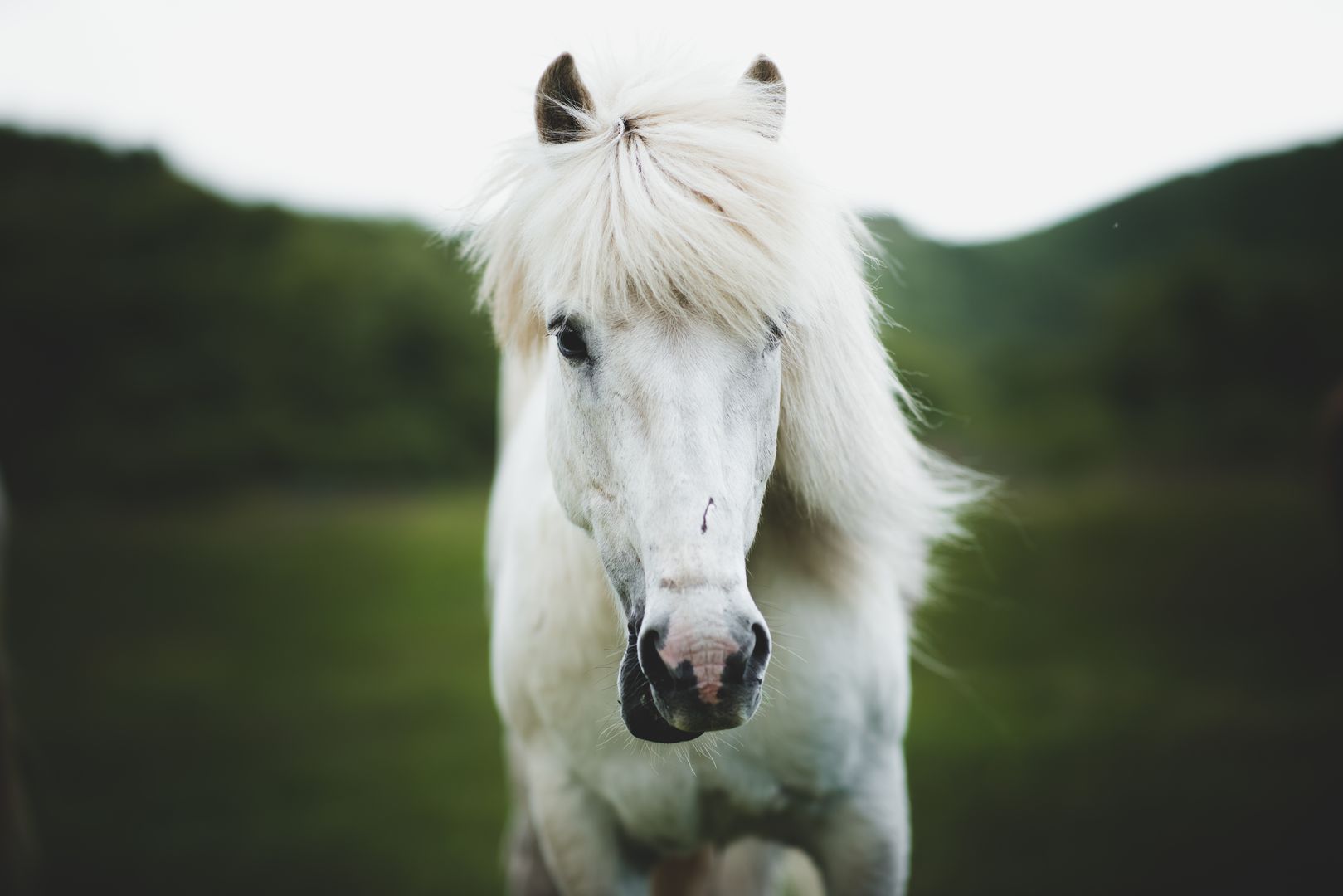 Photo by Benjamin Hardman
Photo by Benjamin Hardman
Indeed, the Icelandic horse is a spirited, strong animal that provides challenging opportunities for competitive riders, while remaining docile and patient enough for beginner riders too.
Importantly, the Icelandic horse has always been considered a horse by Icelandic people, and so its categorization as a horse has long been accepted both inside and outside of Iceland.
The unique gait of the Icelandic horse
The Icelandic horse is capable of all the usual gaits of any other horse – the walk, trot, and canter. However, they possess two unique gaits, the tölt and the skeið, that are thought to have developed in response to a gene mutation.
When Icelandic horses perform the tölt, at least one foot is always in contact with the ground. This fluid movement helps stabilize the ride, removing the usual bounce that a rider experiences and providing a smoother riding experience.
The skeið is a fast, or flying, pace that requires horses to perform a lateral gait – where both legs on one side of the horse simultaneously touch the ground and the horse moves in a manner which closely resembles the human running. Performed at speed, there are points at which no hooves will be in contact with the ground.
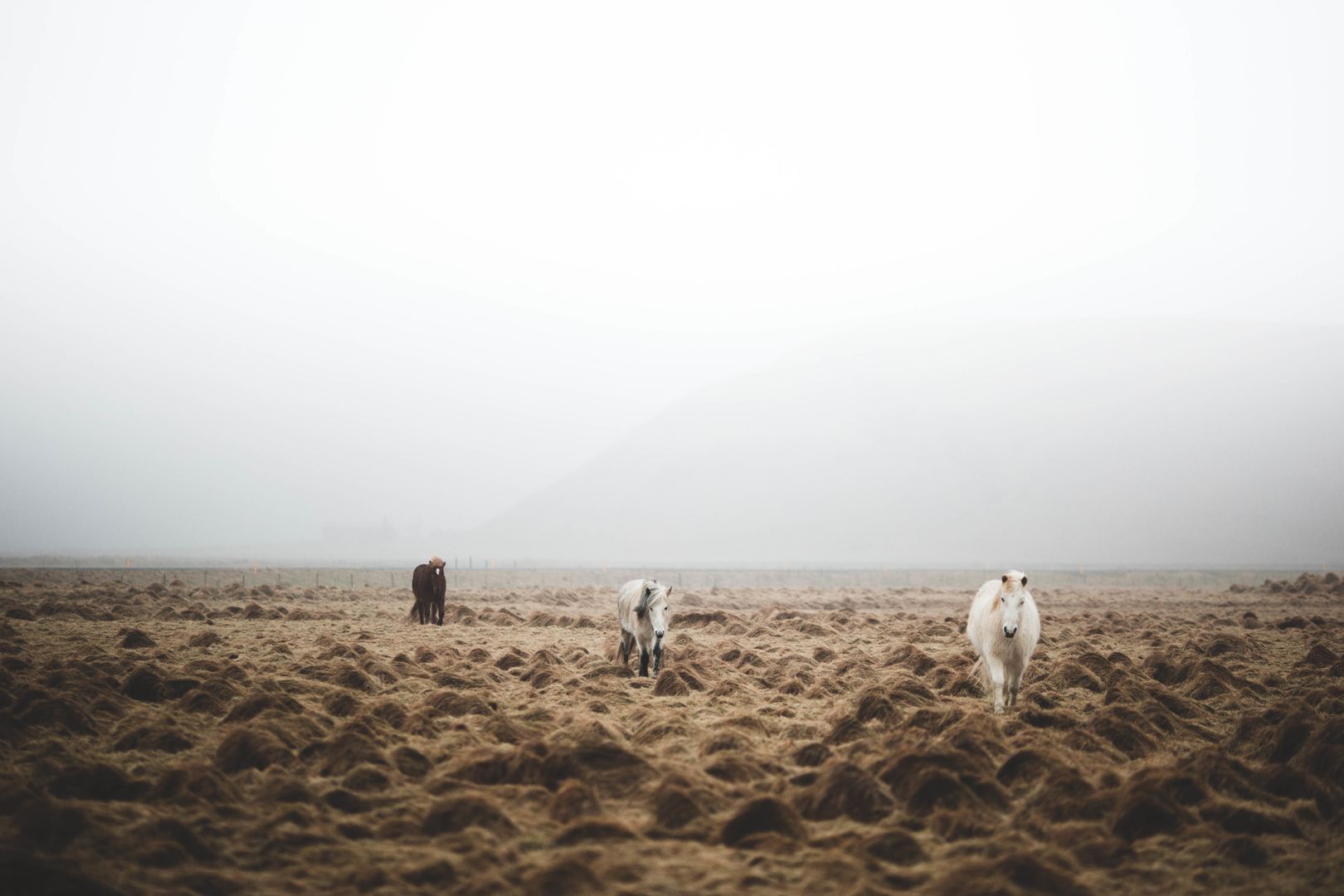 Photo by Benjamin Hardman
Photo by Benjamin Hardman
The Icelandic horse can reach speeds of 30 miles per hour while performing the skeið and a jockey who can skeið at speed with their horse is considered an exceptionally skilled rider.
While both gaits have developed because of the Viking’s selective breeding practices, the tölt is especially useful as it helps these horses to easily navigate the rocky and uneven terrain of Iceland’s volcanic landscapes.
How many horses are there in Iceland?
A nation of just 350,000 people, Iceland is home to around 80,000 of the 180,000 total registered Icelandic horse population. With roughly one horse for every four people, you can already tell that horses play a pivotal role in Icelandic society.
The rest of the Icelandic horse population – 100,000 horses – live overseas, with half believed to be in Germany, where the Icelandic horse enjoys some popularity.
Are there any wild horses in Iceland?
Typically, horses are cared for by a farmer or stable owner, and so they live on the land which their owners manage. However, shortly after the Spring lambing season, many farmers will release their horses into the mountains to graze on the rich vegetation in the highlands.
So to a traveler's eye it may at first appear that there are many wild horses, but most horses in Iceland are in fact owned by farmers or grooms.
However, there are a small number of wild horses in Iceland – an estimated figure suggests 100.
The best places to see horses in Iceland

Wherever you go in Iceland, you are highly likely to see an Icelandic horse on your travels. When driving the Ring Road, you might spot them at the side of the road or grazing in close-by farms or stables.
It is common that travelers will stop to pet and take pictures with the horses, but it is important that we interact with them responsibly: by not feeding them and by not entering onto private property.
If you want to get up close and personal with this friendly creature, you’ll best enjoy a horse-riding tour in Iceland.
Not only will you get to ride a horse through the breathtaking volcanic landscapes in the Land of Fire and Ice, but you’ll also have the chance to become familiar with, and even groom, the horse.
Top tips for horse riding in Iceland
Horse riding in Iceland is a unique sport – not least due to the unpredictable weather conditions. It is important to consider what time of year you ride, what you wear, what kind of tour you want to take, and your own skill level and readiness to ride.
The best time of year for horse riding in Iceland
One of the greatest things about horse riding in Iceland is that you can enjoy it in all seasons. This year-round activity is extremely popular with travelers and locals alike.
While the summer season (April to September) is when you’ll see most riders out and about, the horse’s thick coat means it’s ready for adventure whatever the weather.
One thing to consider is what landscapes you would like to admire while your horse tölts its way through nature – whether that be snow-covered mountains or fields of lupine – and what weather you might be most comfortable riding in.
What to wear for horse riding in Iceland
Though most horse-riding stables and farms will provide you with specialist rider gear, including a helmet and heavy raingear if you need it, it is still best to come prepared yourself too.
As with all travel in Iceland, layers of clothing will be your best friend.
Here is a handy list of items you might want to consider packing for horse riding in Iceland:
- Underlayers or base layers
- Warm, waterproof, and comfortable sports or hiking shoes
- Gloves
- Warm woolen socks – ideally more than one pair
- A mixture of warm and light layers of clothing
- Riding pants or soft-shell trousers/leggings
- A warm, waterproof jacket
Are Icelandic horses good for beginners?
The warm natured Icelandic horse is a wonderful choice for beginners. They are patient and forgiving, meaning that they allow riders to learn, and their shorter, stockier build makes them a stable and less intimidating horse to ride.
Elsewhere in the world, beginner horse riders may start by riding a pony, but horse riders in Iceland can saddle up right away with an Icelandic horse.
Multi-day or single-day horse riding experiences – what is better?
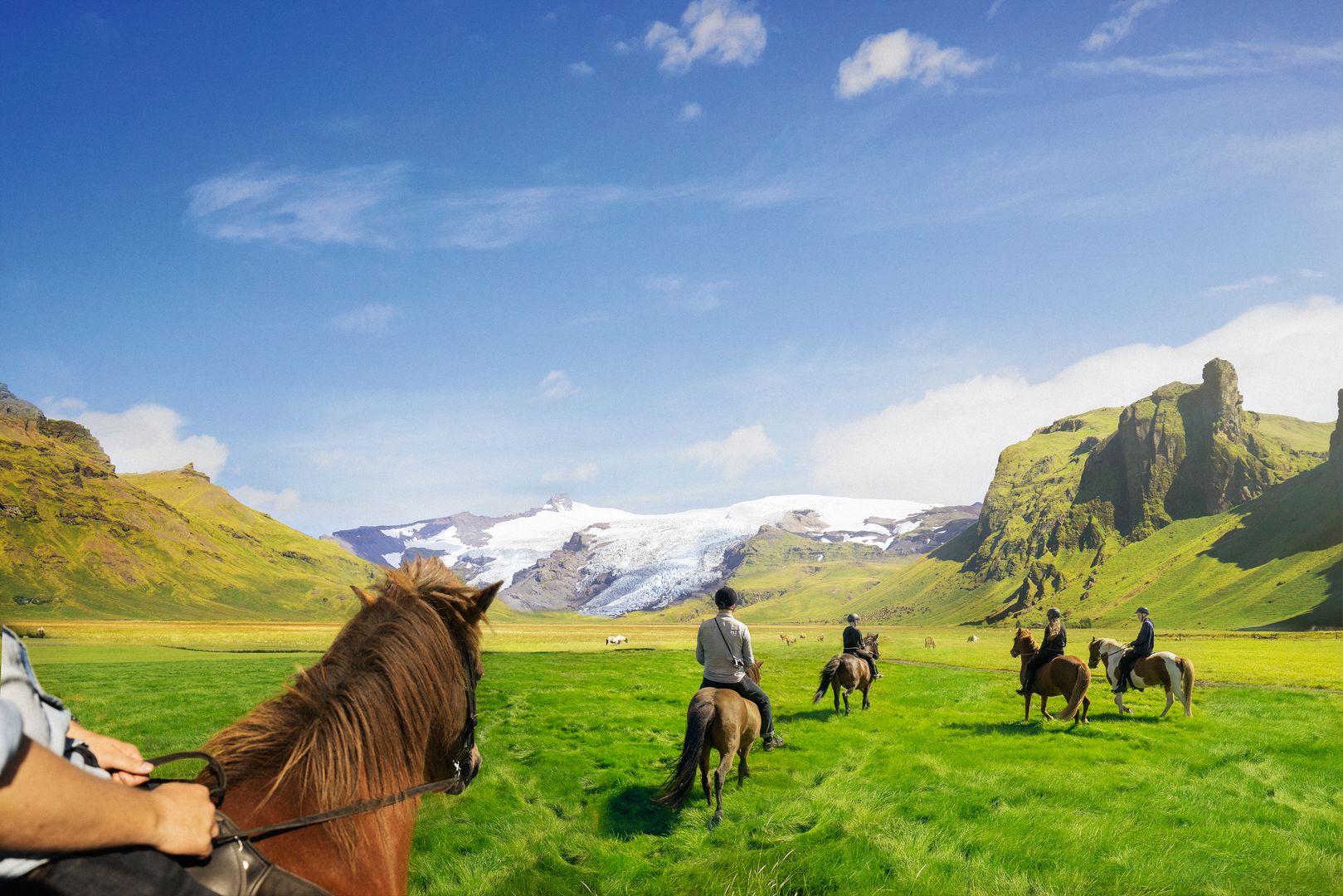
It is the age-old clause of personal preference when it comes to what type of tour you’d like to take.
Offering the chance to meet these warm and friendly creatures, while also leaving enough time for visitors to explore more of Iceland, a single day, or half-day, trip is the most popular option among travelers.
The multi-day trip is better suited to seasoned riders, or those traveling with the pure intention of meeting our wonderful Icelandic horses, as these types of tour are generally more demanding.
Events celebrating the Icelandic horse
So, it is no secret that we love our Icelandic horses, and to many they are a symbol of national pride, but did you know that we host many events around the year to celebrate our equestrian friends?
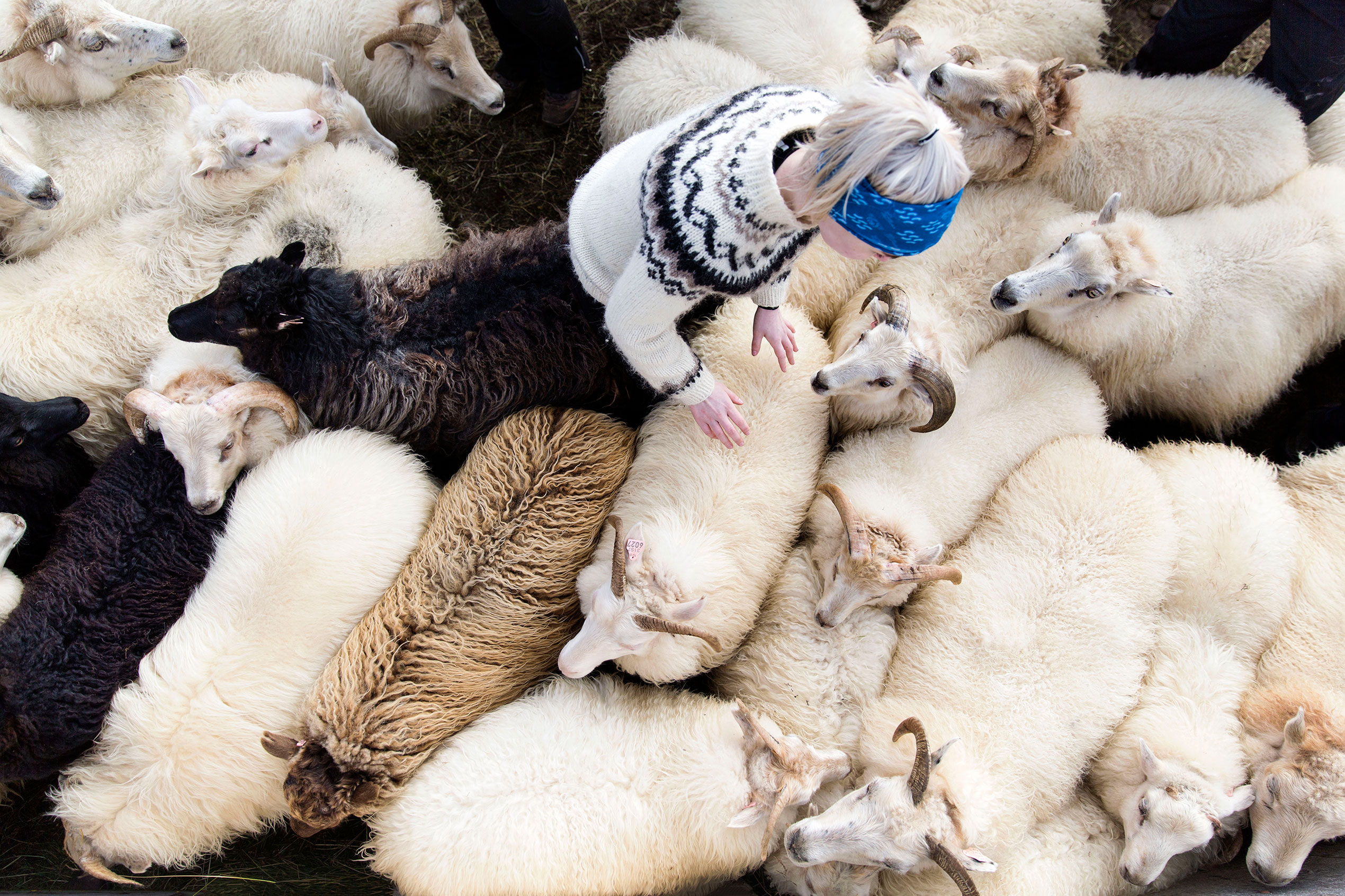 Photo by Rebecca Stumpf
Photo by Rebecca Stumpf
The Day of the Icelandic Horse
By far our biggest celebration of the Icelandic horse takes place on May 1 every year.
Across the world, members of the Icelandic horse community will come together to showcase and celebrate their horses, oftentimes opening their stables for people to visit.
Landsmót: the National Icelandic Horse Competition
The National Icelandic Horse Competition, known to Icelanders as Landsmót, was first held at Þingvellir National Park in 1950.
The main event is called “Gæðingakeppni” where riders of all ages can compete with their horses, performing the five gaits of the Icelandic horse. The rider with the best performing horse will take the gold, and there is a specific Tölt Champion title that celebrates the Icelandic horse’s unique gait.
While representing an opportunity for riders to show off their horses, Landsmót is also a family and community affair – an excuse to get together, enjoy live performances, feast on Icelandic cuisine and for kids to play together.
Réttir
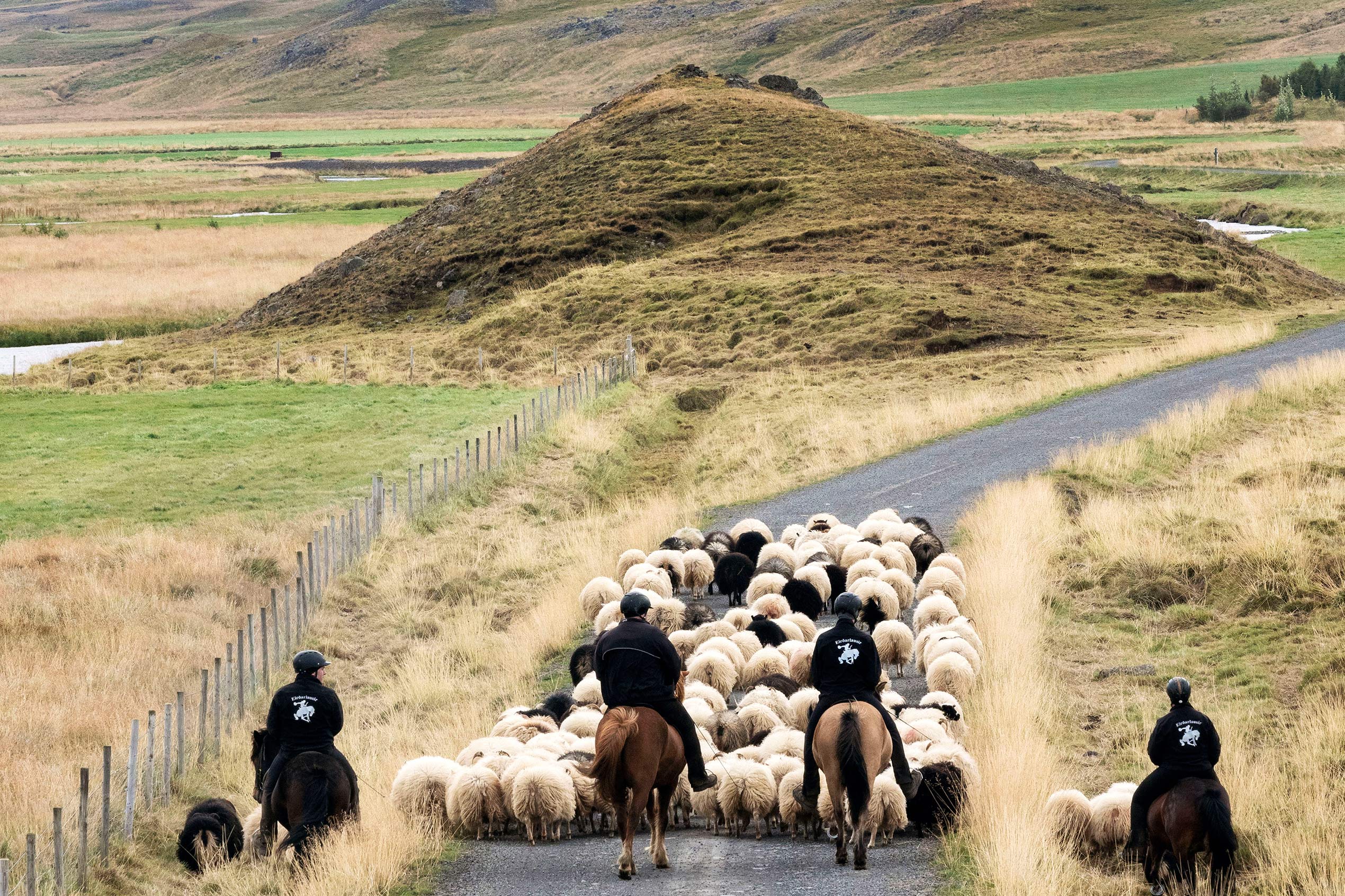 Photo by Rebecca Stumpf
Photo by Rebecca Stumpf
Réttir is an annual event which typically takes place in September, as the season turns from summer to winter.
During réttir, horses and sheep are rounded up from the mountains where they have spent their summer months. Horses which have stayed on the farmland during the summer months also play a pivotal role in réttir, helping the farmers to round up their flock.
The farmers drive the animals down from the mountains and into pens, where they separate their flock from the rest of the sheep.
Roughly 200 réttir events take place across the country and travelers often enjoy watching the event.
So now you’re an expert on our beautiful Icelandic horse, you’re all set for your trip to Iceland. We look forward to welcoming you onboard a flight to, from, or via Reykjavík soon!
Text by Katie Lindsay
Photos by Benjamin Hardman and Rebecca Stumpf